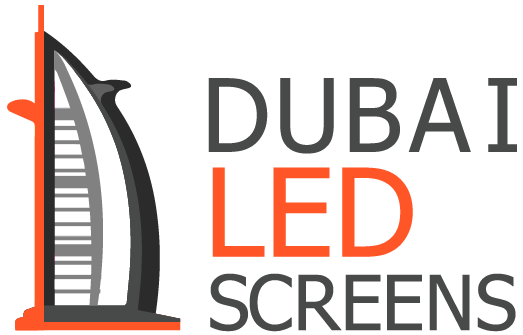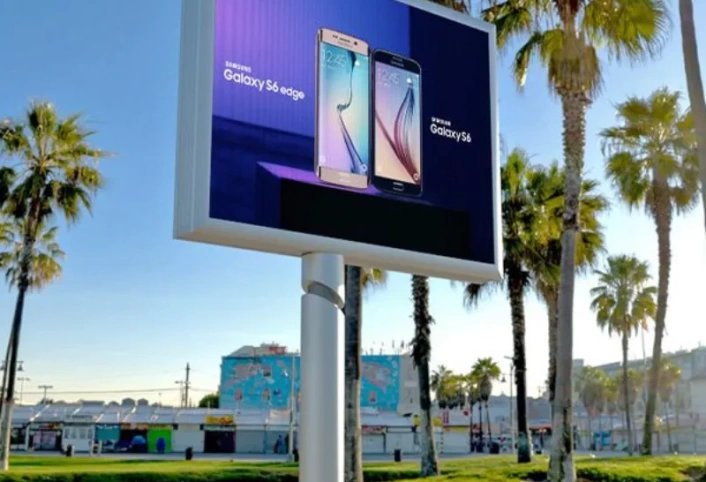When selecting an LED screen for your business or personal use, one of the most critical factors to consider is its IP rating. But what exactly is an IP rating, and why is it so important for your LED screen? In this comprehensive guide, we will explore what IP ratings are, decode their meaning, and help you determine the ideal rating for your specific needs.
What Is an IP Rating?
IP, or Ingress Protection, is a standard used to classify the degree of protection provided by electrical enclosures against the intrusion of solid objects, dust, and liquids. This rating system is crucial for understanding how well your LED screen can withstand various environmental conditions. The IP rating consists of two digits:
– The first digit represents protection against solid objects and dust.
– The second digit signifies protection against liquids.
Each digit is rated on a scale from 1 to 8, with higher numbers indicating a greater level of protection.
Decoding the IP Rating: What Each Digit Means
To make an informed decision about your LED screen, it’s essential to understand what each digit in the IP rating stands for. Let’s break down the IP rating system:
First Digit: Protection Against Solid Objects
1. IP1X: Protection against solid objects larger than 50mm (e.g., accidental touch by hands). This level provides minimal protection, suitable for environments with little to no risk of dust ingress.
2. IP2X: Protection against solid objects larger than 12.5mm (e.g., fingers). This rating ensures that larger objects cannot enter the enclosure, offering a higher degree of safety.
3. IP3X: Protection against solid objects larger than 2.5mm (e.g., tools, wires). This level is ideal for environments where tools or small objects may come into contact with the screen.
4. IP4X: Protection against solid objects larger than 1mm (e.g., most wires). This rating ensures that even small wires or debris will not enter the enclosure.
5. IP5X: Dust-protected. Limited ingress of dust is permitted, but it will not interfere with the operation of the equipment for 2-8 hours. This rating is suitable for environments with a moderate amount of dust.
6. IP6X: Dust tight. No ingress of dust for 2-8 hours. This is the highest level of protection against dust, ensuring complete protection in very dusty environments.
Second Digit: Protection Against Liquids
1. IPX1: Protection against vertically dripping water. Limited ingress is permitted. This rating provides minimal protection and is suitable for indoor environments where accidental drips are possible.
2. IPX2: Protection against vertically dripping water when tilted up to 15 degrees from the vertical. Limited ingress is permitted. This rating is slightly more protective, accommodating minor tilts and angles.
3. IPX3: Protection against spraying water up to 60 degrees from the vertical. Limited ingress is permitted for 3 minutes. This level is ideal for areas exposed to occasional splashes or sprays.
4. IPX4: Protection against splashing water from all directions. Limited ingress is permitted. This rating is suitable for environments where water may splash from various directions.
5. IPX5: Protection against water jets from any direction. Limited ingress is permitted. This rating is appropriate for situations where the screen may be exposed to strong water jets.
6. IPX6: Protection against water from heavy seas or water-projected jets. This rating ensures that water will not enter the enclosure in harmful quantities, suitable for harsher environments.
7. IPX7: Protection against immersion up to 1 meter depth for 30 minutes. This level provides excellent protection against temporary submersion in water, ideal for situations where the screen might be exposed to rain or accidental submersion.
8. IPX8: Protection against immersion beyond 1 meter depth for extended periods. This is the highest level of water protection, ensuring that the screen can handle prolonged exposure to water.
How to Choose the Right IP Rating for Your LED Screen
Selecting the appropriate IP rating for your LED screen depends on several factors:
1. Environmental Conditions: Assess the environment where the LED screen will be installed. If it will be outdoors or in a location prone to dust or water exposure, you’ll need a higher IP rating. For instance, screens in outdoor settings or industrial environments often require higher protection levels (e.g., IP65 or IP67).
2. Type of Installation: Consider whether the screen will be mounted in a fixed location or if it will be frequently moved or exposed to various conditions. Permanent installations in harsh environments will benefit from higher IP ratings, while indoor or controlled environments may only require moderate protection.
3. Maintenance and Longevity: Higher IP ratings typically mean better protection but may also come with higher costs. Balance the need for protection with your budget and maintenance requirements. For example, an IP65 rating offers excellent dust and water protection but may be more costly than a lower rating.
4. Compliance and Standards: Ensure that the IP rating meets any industry standards or regulations applicable to your specific use case. For example, certain applications might have specific requirements for environmental protection.
Conclusion: Making the Right Choice for Your LED Screen
Understanding IP ratings is crucial for selecting an LED screen that will perform optimally in your specific environment. By evaluating the environmental conditions, installation type, and protection needs, you can choose an LED screen with the appropriate IP rating to ensure reliability, durability, and long-term performance.
Whether you need a screen for outdoor advertising, industrial applications, or a high-traffic indoor environment, selecting the right IP rating will help you make an informed decision and achieve the best results for your investment. With the right knowledge of IP ratings, you can confidently choose an LED screen that meets your needs and withstands the elements.





